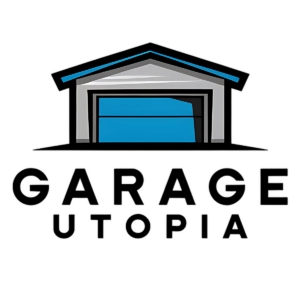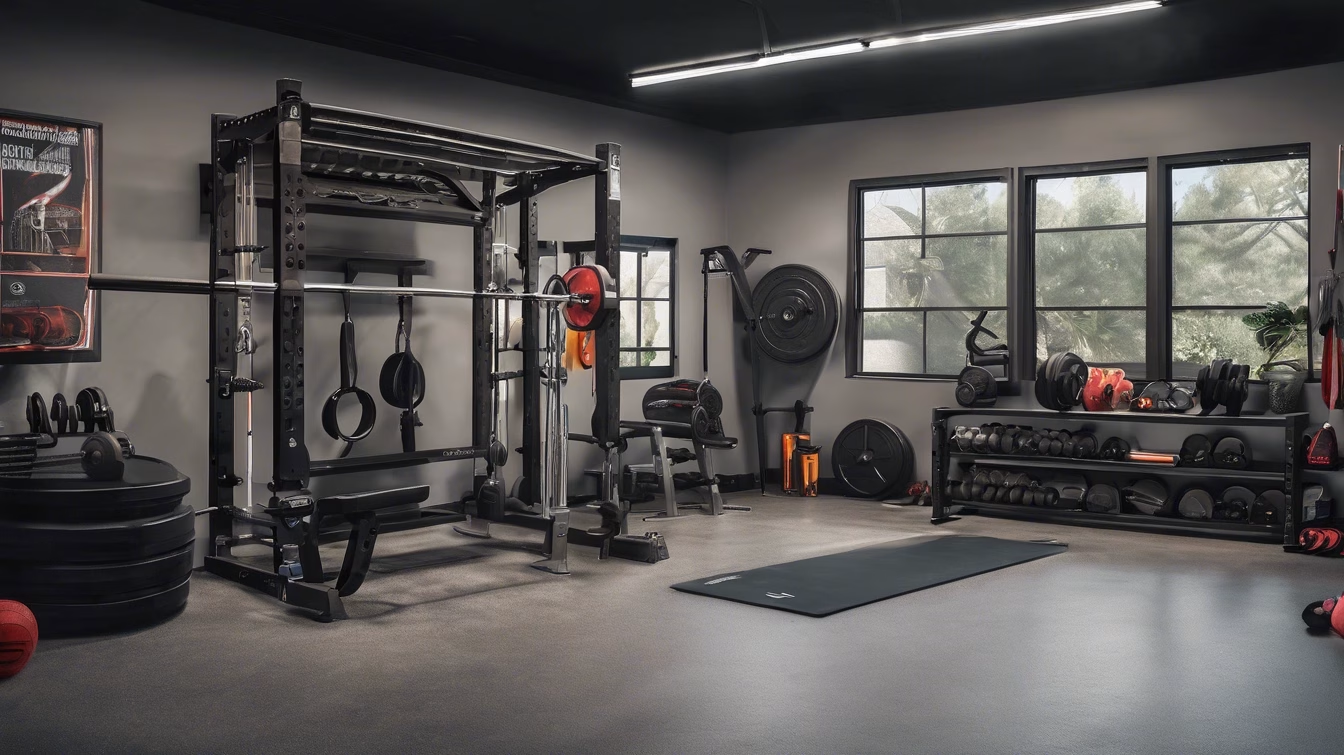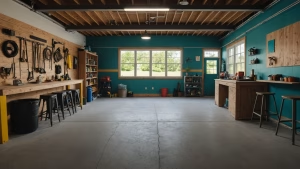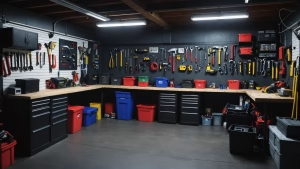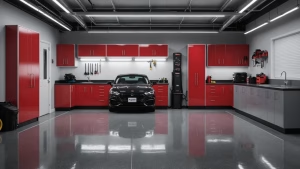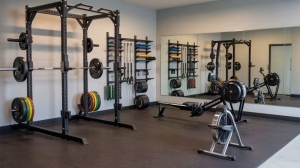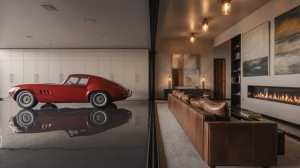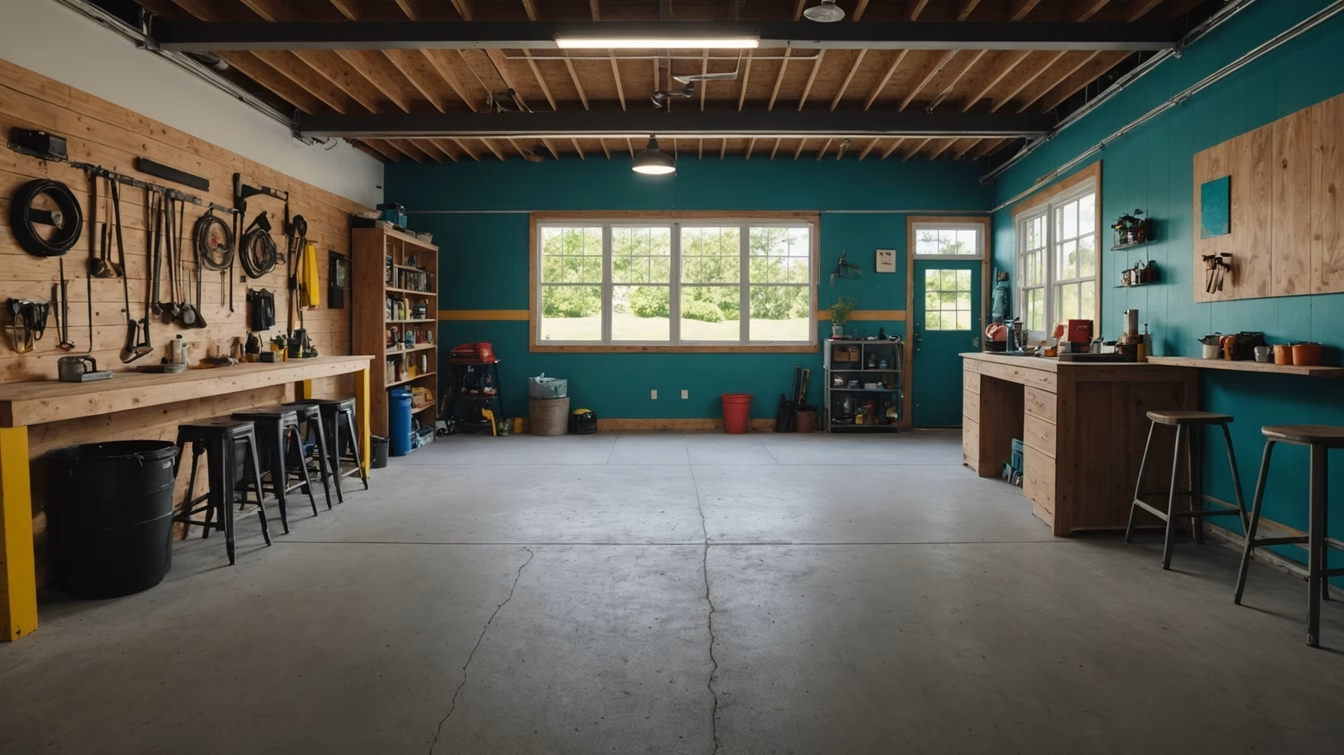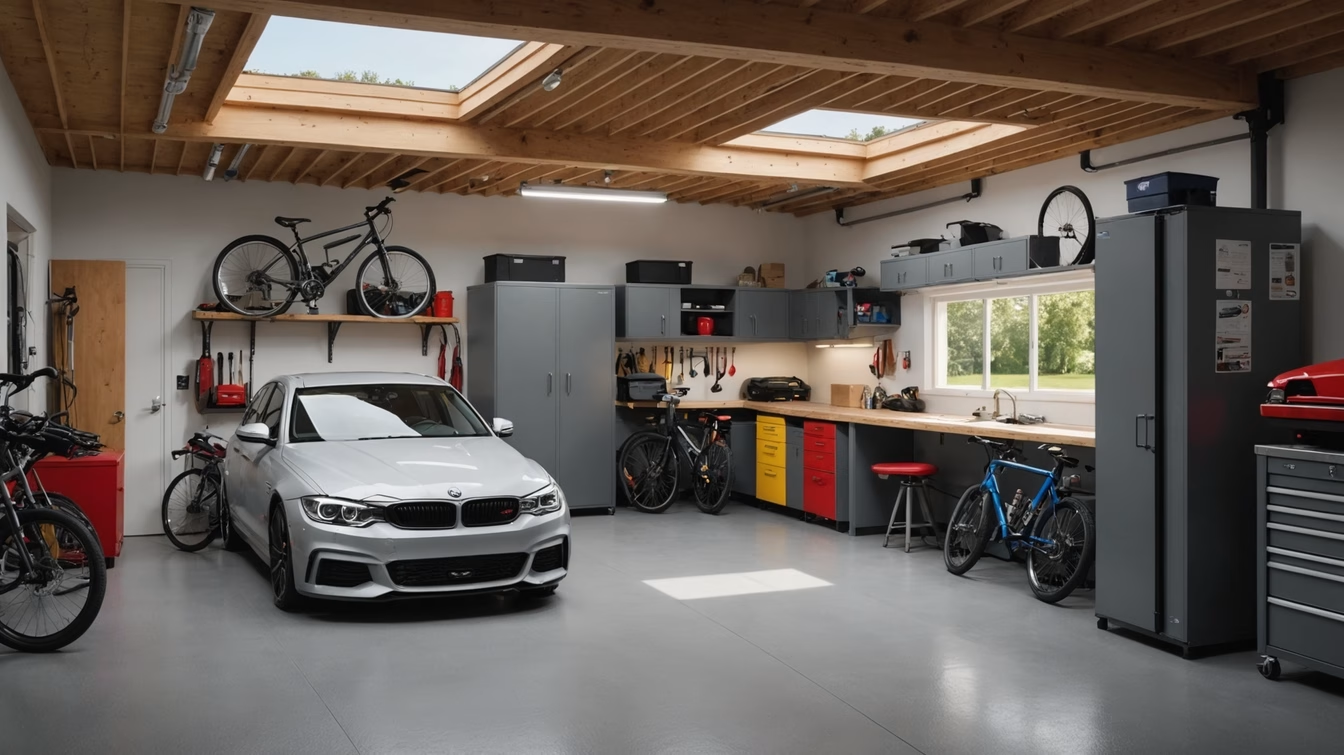Tired of the monthly gym fee and fighting for space on the bench press? Imagine a world where your commute to the gym is just a few steps, the music is always exactly what you want, and the equipment is always available. For many fitness fanatics, a home gym is the ultimate dream. As a homeowner, your garage is the perfect place to make it happen. You can build a comprehensive, high-quality garage gym for under $5,000, focusing on the essentials for both strength and cardio workouts. Let’s turn that underutilized space into your new favorite place.
Step 1: The Blueprint – Planning Your Space and Budget
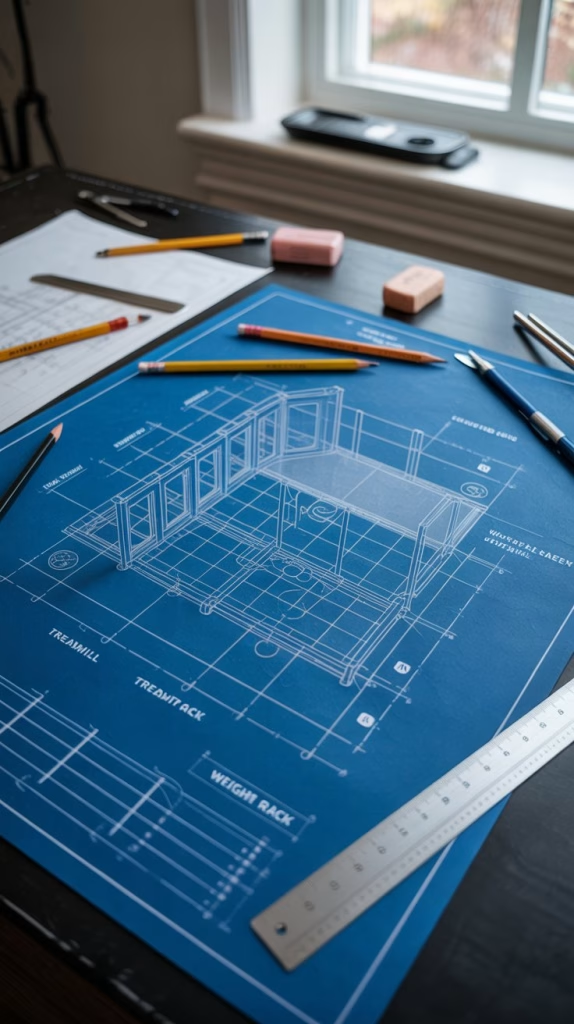
Before you buy a single piece of equipment, you need a plan. This foundational step is crucial to making sure your investment is smart and effective. First, you’ll want to declutter and clean your space. This is the most important (and often hardest) first step. Clear out the space completely. Be ruthless. Sell old items you no longer need on Facebook Marketplace or Craigslist. The money you earn can be put directly toward your new gym, and a clean slate will make the next steps much easier.
Next, measure and map your space. Grab a tape measure and a notepad. Measure the length, width, and height of your space. Pay attention to any obstacles like support beams or uneven flooring. Sketch out a simple floor plan. This will help you visualize where everything will go and prevent you from buying equipment that won’t fit. Remember to leave plenty of open space for lifting, jumping, and moving freely and safely. Finally, allocate your budget. With a $5,000 budget, we can get some fantastic gear. A good allocation might look like this: Strength Training Essentials ($3,000 for a power rack, barbell, plates, bench), Cardio Equipment ($1,250), and Flooring and Accessories ($750).
Step 2: The Core Foundation – Strength Training Essentials

This is where the bulk of your budget will go, and for good reason. These are the pieces that will form the backbone of your home gym. The power rack is the centerpiece of your gym and will cost between $800 and $1,500. A good power rack provides a safe environment for you to lift heavy on your own. Look for a sturdy frame (3×3″ steel is the gold standard), a multi-grip pull-up bar, and safety features like strap safeties or pin and pipe safeties that will catch the barbell if you fail a lift. Brands like REP Fitness and Titan Fitness offer excellent value without compromising on quality. For the barbell and weight plates ($500 – $1,000), don’t skimp on the barbell.
A good Olympic barbell will last a lifetime. Look for one with good knurling (the textured part for grip) and a decent weight capacity. For plates, start with a set of iron plates. They’re durable, relatively affordable, and great for squats, bench presses, and deadlifts. If you plan on doing more Olympic-style lifts that involve dropping the bar, consider adding a set of bumper plates as well. A solid adjustable bench ($200 – $500) is a must. It allows you to perform a huge variety of exercises, from flat bench presses to incline dumbbell curls. Look for a bench that is stable and has a wide range of incline and decline settings.
Step 3: The Heartbeat – Cardio Equipment on a Budget
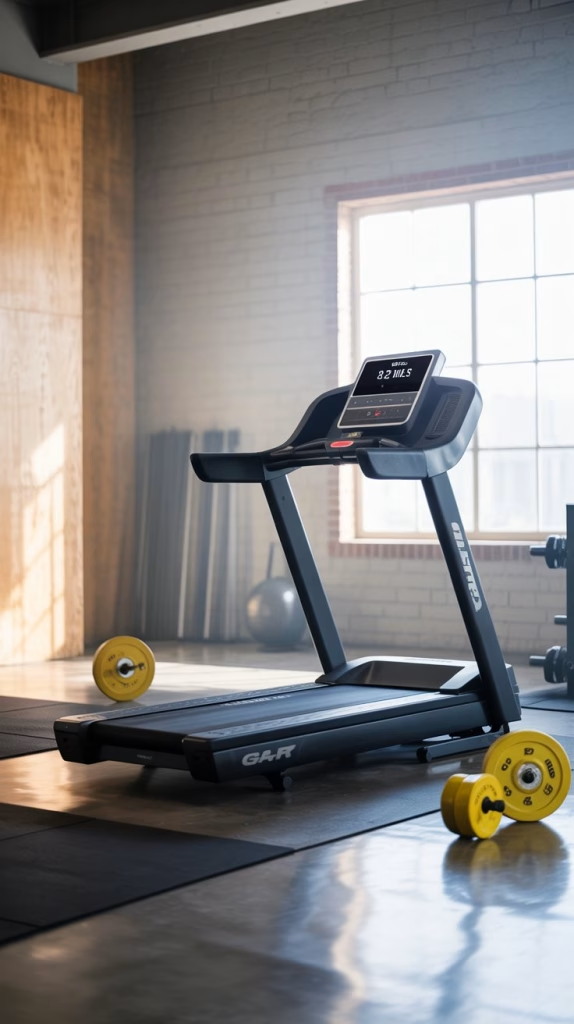
Cardio doesn’t have to break the bank. You have a few great options here, but a great strategy is to leverage the used market. People often sell high-quality cardio equipment for a fraction of the cost. A rowing machine ($500 – $1,000) offers a full-body workout that’s low-impact and highly effective.
The Concept2 Rower is considered the industry standard for a reason—it’s durable, provides excellent data tracking, and holds its value incredibly well. You can often find a used one in great condition. If rowing isn’t your thing, consider a spin bike for a high-intensity workout or invest in a good jump rope and a plyo box for a wide variety of cardio-focused HIIT (High-Intensity Interval Training) workouts.
Step 4: The Finishing Touches – Flooring and Accessories
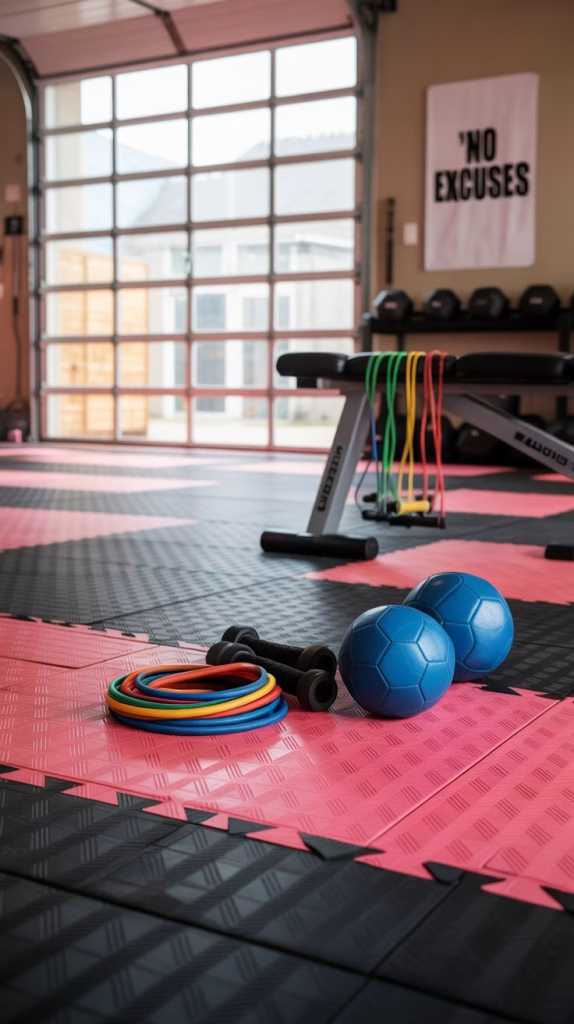
These items might seem secondary, but they are crucial for protecting your equipment, your garage floor, and yourself. You absolutely need flooring ($300 – $600). Dropping heavy weights directly on concrete will damage both the weight and your floor. The most budget-friendly and durable option is to use rubber stall mats from a local farm supply store (like Tractor Supply Co.). They are thick, tough, and designed for heavy use. For essential accessories ($150 – $400), a set of adjustable dumbbells is a fantastic space-saving and cost-effective solution for a variety of accessory work. Resistance bands are incredibly versatile for warm-ups, stretching, and adding resistance to bodyweight exercises. Chalk is essential for improving grip and preventing your hands from slipping during heavy lifts. Lastly, get a good pair of barbell collars to ensure your plates stay securely on the barbell.
Conclusion: The First Workout is Just the Beginning
Building a garage gym is more than just buying equipment; it’s an investment in your health, your home, and your time. The $5,000 budget enables you to create a space that is both functional and inspiring. Your gym is now within reach, and the first workout is just a few steps away. It’s time to stop waiting and start lifting.
